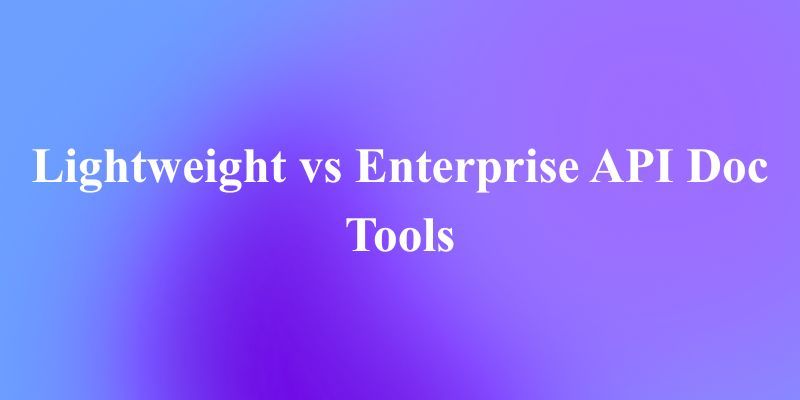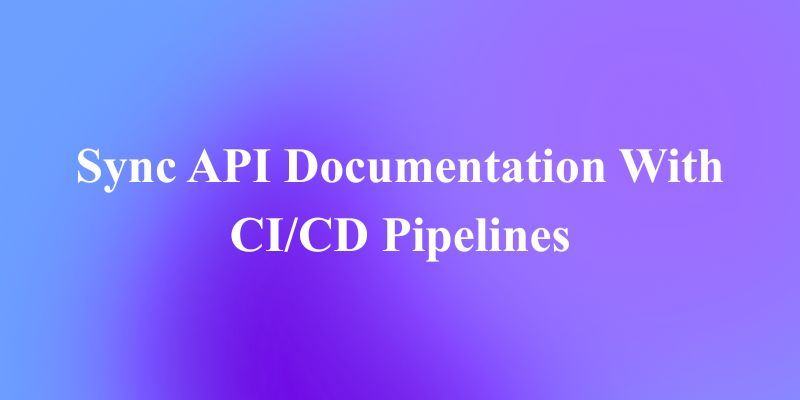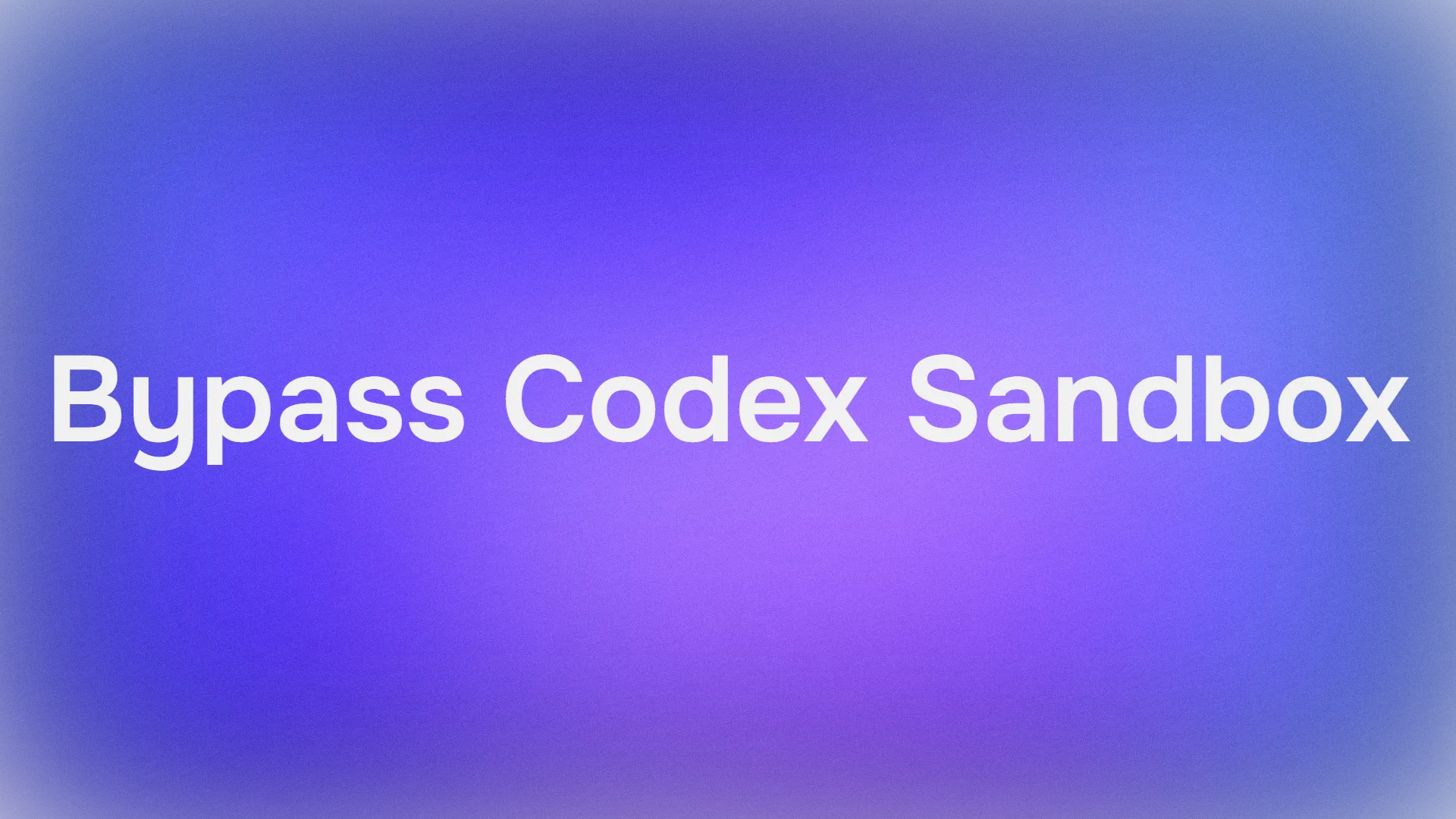You're leading a development team, and you've reached that critical moment: you need to choose how to document your API. As you start researching, you quickly discover there are two very different worlds of tools vying for your attention. On one side, you have simple, developer-friendly lightweight tools. On the other, robust, feature-packed enterprise platforms.
This isn't just a technical choice, it's a strategic business decision that will impact your team's workflow, your company's scalability, and your developer experience for years to come. The global API documentation tools market is booming, valued at over $400 million and growing rapidly, but navigating the options can feel overwhelming.
Do you choose the agile, focused tool that gets the job done quickly? Or the comprehensive platform that can grow with your organization? The answer depends entirely on your team's size, goals, and stage of growth.
Now, let's explore the two camps in the API documentation landscape and help you find the perfect fit.
Lightweight API Documentation Tools
These are the nimble, focused solutions designed for individual developers and small teams. They prioritize simplicity, speed, and developer experience above all else.
Typical Characteristics:
- Quick Setup: Often just a command-line install or a simple configuration file
- Minimal Features: Focused primarily on generating clean, readable documentation
- Developer-Centric: Built by developers, for developers
- Low Cost: Many are open-source or have very affordable pricing tiers
- Limited Collaboration: Basic or no built-in team features
Market Position: These tools dominate the open-source projects, startup ecosystems, and individual developer markets. They're perfect for getting documentation live quickly without bureaucratic overhead.
Enterprise API Documentation Platforms
These are comprehensive solutions designed for large organizations with complex needs. They prioritize security, scalability, and integration with existing enterprise systems.
Typical Characteristics:
- Comprehensive Feature Sets: Documentation, testing, mocking, analytics, and more
- Robust Security: SSO, RBAC (Role-Based Access Control), audit logs, and compliance features
- Enterprise Integration: Deep connections with existing identity providers, CI/CD pipelines, and monitoring systems
- Advanced Collaboration: Sophisticated workflow management, review processes, and team permissions
- Higher Cost: Significant investment required, often with custom enterprise pricing
Market Position: These platforms serve Fortune 500 companies, financial institutions, healthcare organizations, and any business where API reliability, security, and governance are non-negotiable.
The Global Market Landscape
The API documentation tools market has evolved into distinct segments serving different needs across the global economy.
The Lightweight Tools Market
This segment is characterized by fierce competition and rapid innovation. The barriers to entry are relatively low, leading to a vibrant ecosystem of tools.
Key Players: Swagger UI, Redoc, Slate, ReadMe (in their lower tiers)
Primary Markets: Startups, SMBs, open-source projects, individual consultants
Geographic Distribution: Global, with strong adoption in tech hubs and emerging developer ecosystems
Growth Drivers: The explosion of microservices, the API-first movement, and the increasing number of developers worldwide
The Enterprise Platforms Market
This segment is more consolidated, with established players competing on security, compliance, and enterprise features rather than just price or ease of use.
Key Players: Apidog, Postman Enterprise, Stoplight, SwaggerHub Enterprise, Azure API Management
Primary Markets: Large enterprises, government agencies, financial services, healthcare
Geographic Distribution: Strong in North America and Europe, with growing adoption in Asian enterprise markets
Growth Drivers: Digital transformation initiatives, regulatory compliance requirements, and the strategic importance of APIs in business ecosystems
The API Global Market Trends at a Glance
Over the past five years, the API documentation tooling market has seen three big trends:
- API-first and microservices adoption: As companies decompose monoliths, the number of APIs and owners explodes. This pushes teams to prefer tooling with governance and discoverability features.
- DevEx (developer experience) as a product: Developer portals are now considered product surfaces. Companies invest in polished, interactive docs to reduce friction for integrators and increase API adoption.
- Hybrid cloud & security needs: Enterprises increasingly demand self-hosting, secret management, RBAC, and audit logs. Tools that can run behind a firewall get preference for regulated industries.
Because of these trends, the global market splits into: hobbyists/startups choosing lightweight, and mid-to-large organiations choosing enterprise tools (or hybrid platforms that try to bridge both).
Documenting APIs with Apidog

Whatever direction you're leaning, it's crucial to test how a tool fits your actual workflow. Apidog provides an excellent testing ground because it spans both categories.
With Apidog, you can:
- Start Lightweight: Use the free tier to quickly document your APIs with an intuitive interface
- Scale as Needed: As your team grows, leverage Apidog's collaboration features, environment management, and testing capabilities
- Evaluate Enterprise Readiness: Test advanced features to see if you need them now or might need them in the future
- Compare Workflows: Experience both code-first and design-first approaches to see what fits your team's mentality
Making the Right Choice for Your Team
Choose Lightweight Tools If:
- You're a small team or individual developer
- Your primary need is clear, readable documentation
- You're working with public or low-risk internal APIs
- Budget is a significant constraint
- You prefer code-driven workflows
Choose Enterprise Platforms If:
- You have 15+ developers working on APIs
- Security and compliance are critical requirements
- You need advanced collaboration across multiple teams
- Your APIs are customer-facing or business-critical
- You're willing to invest in long-term scalability
Consider Hybrid Approaches If:
- You're experiencing growing pains but aren't ready for full enterprise solutions
- Different teams in your organization have different needs
- You want to start simple but have a clear path to scale
The Future of API Documentation Tools
The market is evolving toward smarter, more integrated solutions. We're seeing:
- AI-Powered Documentation: Tools that can suggest improvements, detect inconsistencies, and even generate initial documentation from existing code
- Tighter API Lifecycle Integration: Documentation becoming just one part of integrated API design, testing, and monitoring platforms
- Industry-Specific Solutions: Tools tailored for specific sectors like healthcare or finance with built-in compliance templates
Conclusion: There's No One-Size-Fits-All
The global API documentation tools market is diverse because developer needs are diverse. The "best" tool depends entirely on your context: your team size, your industry, your budget, and your API strategy.
Lightweight tools excel at doing one thing well with minimal friction. Enterprise platforms provide comprehensive solutions for complex organizational needs. The growing middle ground offers the best of both worlds for teams that are scaling up.
The most important thing is to choose intentionally. Don't let default choices or inertia dictate your API documentation strategy. Evaluate your current needs, anticipate your future growth, and select a tool that aligns with both.
Download Apidog for free to experience a balanced approach that grows with your team, from initial prototype to enterprise-scale API program. Whether you stay with Apidog or use it as a reference point for evaluating other tools, you'll gain valuable insight into what modern API documentation can and should be.



